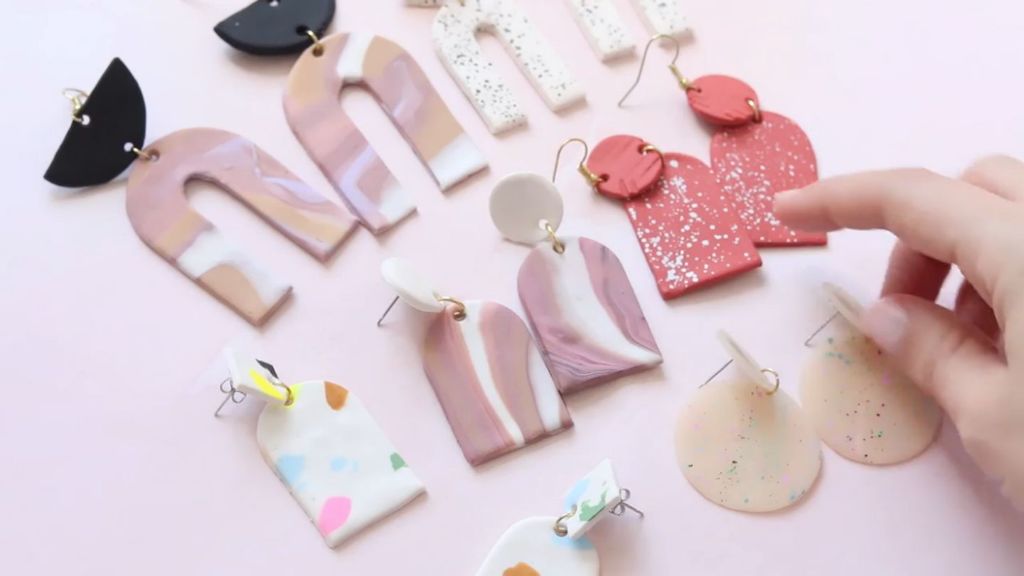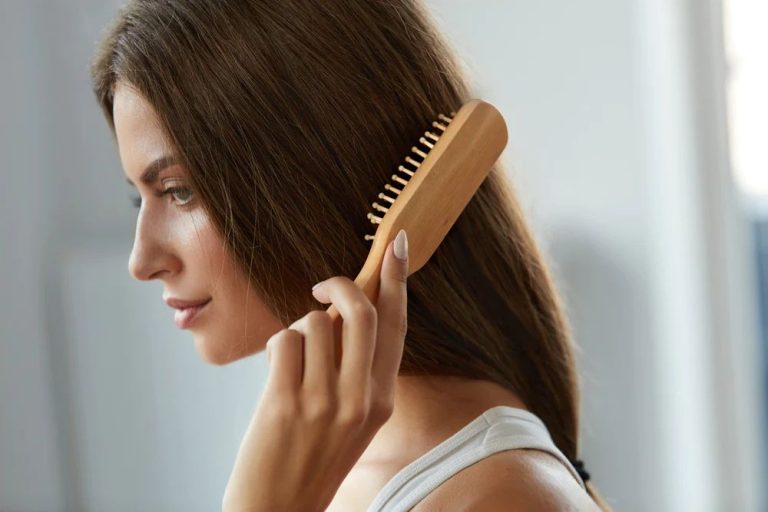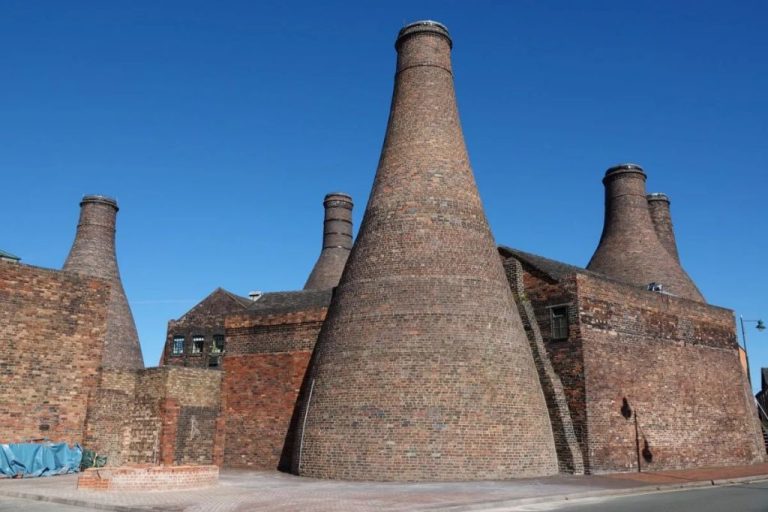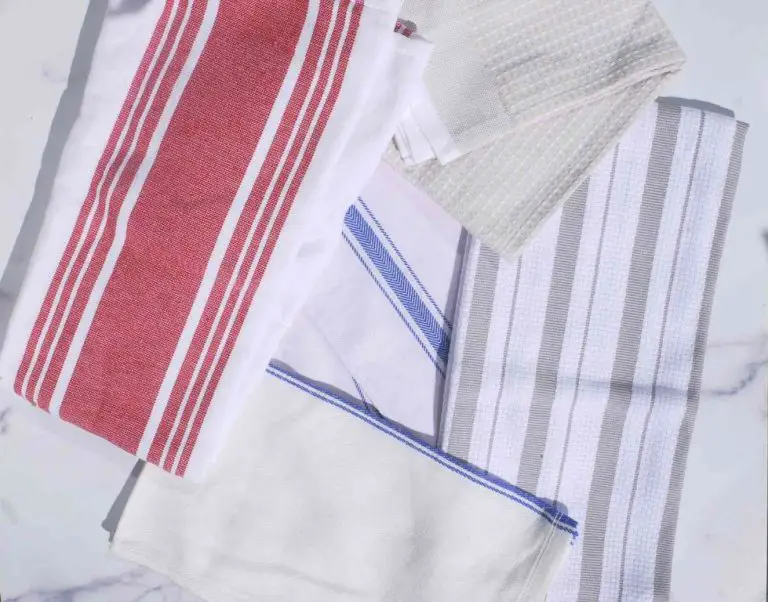What Do You Use Modelling Clay For?
Modeling clay, also known as plasticine, is a malleable, reusable substance used for sculpting, molding, and shaping artwork and figures. Modeling clay consists of a gel or binder such as polymer vinyl alcohol mixed with fillers like wax, oils, and fatty acids to give it a soft, pliable texture. Although the exact origins are uncertain, versions of modeling clay have been around since ancient times, with evidence of its use by the Egyptians and Romans (https://realfashion24.my.id/unleashing-creativity-the-artistic-allure-of-modeling-clay/.html). Today, modeling clay is primarily used for arts and crafts, jewelry making, sculpting, and as an educational tool for children. It allows for creativity and artistic expression across a wide range of mediums. Some of the main advantages of modeling clay are that it does not dry out, allows for continual reshaping, and creates detailed textures not always possible with other art supplies. From professional sculptors to hobbyists, modeling clay unleashes imagination in a tactile, hands-on way.
Sculpting
Modeling clay is one of the most popular and versatile materials for sculpting. It comes in a variety of colors and textures and can be used to sculpt incredibly detailed figures, intricate shapes, jewelry, and freeform art pieces (source). Many types of modeling clay, especially polymer clay, are ideal for beginners to learn sculpting as they are easy to condition and shape.
When sculpting with modeling clay, artists can shape the material by hand or use sculpting tools to carve and define details. The clay holds its shape once molded, allowing artists to take their time perfecting a sculpture before baking or air drying it to harden. Modeling clay is very forgiving to work with, as pieces can be easily reshaped or smoothed over during the sculpting process.
Sculptors enjoy using modeling clay to create figures, busts, animals, fictional creatures, elaborate decorative pieces, clay jewelry, and more. The versatility of modeling clay makes it suitable for sculpting projects across any skill level or artistic style.
Jewelry Making

Modeling clay like polymer clay is commonly used to handcraft jewelry pieces like beads, pendants, and charms (Polymer Clay Earring Making Kit for Adults – 40 Colors Polymer Modeling Clay, Modeling Clay Jewelry Making Kit for Beginner (Instruction Included)). The malleable nature of modeling clay allows crafters to easily shape, sculpt, and add intricate textures to small jewelry components. Polymer clay can even be baked to harden jewelry pieces.
Modeling clay is an accessible, creative material for DIY jewelry making. With modeling clay, crafters can press, roll, and hand form unique bead and pendant shapes. Clay tools like rollers and cutters help shape uniform jewelry pieces. The clay can also be impressed with stamps or hand textured with ridges, dots, etc. Clay allows endless options for shaping, sculpting, and detailing small jewelry components.
After baking, polymer modeling clay transforms into a durable, lightweight material perfect for jewelry. The finished clay pieces can then be sanded, painted, and polished. Finally, crafters can assemble their unique clay beads, pendants, and charms into necklaces, bracelets, earrings, and more.
Pottery
Modeling clay is commonly used to create pottery pieces before firing clay. The malleable nature of modeling clay allows artists to easily shape forms and test designs before committing to sculpting with real clay. According to Pottery Prince, testing shapes and concepts with modeling clay first can save a significant amount of time and clay.
Artists will often create prototypes of vases, bowls, mugs, and other vessels with modeling clay. This allows them to perfect the shape and form before sculpting the final version intended for firing. The modeling clay version can be an inexpensive test to see if the size, shape, and feel of the piece works as envisioned. Modeling clay is also useful for testing more intricate decorative elements like textures, patterns, or attached sculptural accents before incorporating them into a finished ceramic piece.
Overall, modeling clay enables potters to experiment, modify, and finalize designs economically. It reduces waste of real clay during the design process. Modeling clay is an essential tool for visualizing and realizing ceramic artworks before committing them to be fired.
Stop Motion Animation
Modeling clay is commonly used to create stop motion animations. This involves manipulating a character or object made out of clay in small increments between individually photographed frames. When the frames are played back in sequence, it gives the illusion of movement.
With modeling clay, you can easily animate and pose characters by reshaping the clay. It also allows you to reuse the clay between frames, rather than having to make an entirely new model for each frame. The pliability of modeling clay makes it easy to make slight adjustments to the characters or objects in each frame.
Some tips for using modeling clay in stop motion animation include starting with a simple armature or wire frame to help support the clay and keep it stable. It’s also helpful to have basic sculpting and modeling skills to recreate the character or object consistently in each frame. Good lighting and planning out your shots or movements in advance will also help the animation come together smoothly. Overall, modeling clay’s versatility and reuse make it an ideal medium for learning and experimenting with stop motion animation (1).
1. https://www.youtube.com/watch?v=M_k1lCEclqw
Early Childhood Development
Modeling clay can provide significant benefits for early childhood development. Playing with clay engages a child’s senses and enhances hand-eye coordination and fine motor skills. The tactile experience of squishing and molding clay is stimulating yet calming. As children manipulate the clay, they are developing dexterity, strength, and control in their hands and fingers.
Clay also boosts creativity and imagination in young children. There are no rules with clay – kids can shape it into anything they dream up. Creating imaginary worlds and characters with modeling clay encourages innovative thinking. The open-ended nature of clay allows children to experiment, problem-solve, and express themselves freely. Whether making a simple coil pot or an elaborate clay sculpture, the process allows children to bring their ideas to life.
The sensory-motor experience and unrestrained creativity of playing with modeling clay makes it an ideal tool for early childhood development.
Stress Relief
Modeling clay provides a soothing, therapeutic tactile experience that can help relieve stress and anxiety. The act of manipulating the clay with your hands requires focus and mindfulness, drawing your attention away from stressful thoughts. As you mold the clay into different shapes and textures, you engage your senses of touch and sight. This mindful hands-on activity prompts your brain to release calming neurotransmitters like serotonin and dopamine. The repetitive motion of kneading and sculpting clay has a similar stress-reducing effect to kneading dough or doing other tactile crafts. Working with modeling clay allows you to express your creativity while quieting your mind. Many mental health experts recommend clay as an alternative to fidget spinners and other distractions for managing anxiety, panic attacks, and everyday worries. The sense of accomplishment from creating something out of clay can also boost your mood.
Decorative Projects
Modeling clay is a versatile material that can be used for a variety of decorative projects around the home. Here are some creative ways to use modeling clay decoratively:
Make figurines, ornaments, etc – Modeling clay is perfect for crafting miniature sculptures, figurines, holiday ornaments, dollhouse items, and more. Let your imagination run wild and create unique clay characters and objects to display around your home.
Use cookie cutters for shapes – Cookie cutters make it easy to cut consistent shapes out of modeling clay. Press cookie cutters into slabs of clay to make holiday ornaments, cake toppers, wall decor, beads, buttons, and anything else you can imagine. Get creative with different shape cutters.
Industrial Design
Modeling clay is commonly used in industrial design for rapid prototyping and creating mockups to test product designs. The malleable nature of modeling clay allows designers to quickly create 3D models and modify designs on the fly. This can be done much faster and cheaper than creating prototypes with glass, metal or plastic.Industrial design clays like plasticine or oil-based clays are ideal for this purpose as they don’t dry out and can be reused repeatedly.
Modeling clay prototypes are an important part of the design process as they allow designers to evaluate ergonomics, visual appeal, weight, balance and other physical attributes. Seeing and touching a 3D model gives a much better sense of the design compared to looking at sketches or 3D models on a computer screen. The iterative process of creating modeling clay prototypes enables designers to test and refine the form and function of products.
Types of Modeling Clay
There are several main types of modeling clay, each with their own properties and uses. The three most common are polymer clay, plasticine, and play dough.
Polymer clay is made from PVC, plasticizers, and pigments. It maintains its shape when air-dried, and can be further hardened by baking in a regular oven. Polymer clay is used for making decorative items like jewelry, dolls, and figurines. Popular brands include Sculpey and FIMO.
Plasticine is an oil-based modeling clay made from calcium salts, petroleum jelly, and aliphatic acids. It never completely dries out, so it can be continually reused. Plasticine is commonly used by animators for stop-motion animation. No baking is required since it remains soft and pliable (https://www.pinterest.com/pin/469007748675651536/).
Play dough is made from flour, salt, water, and coloring. It air dries within 24 hours so it’s not as durable as other modeling clays. Play dough is popular for children’s projects and early childhood education due to its soft, moldable texture.
The key difference between polymer/plasticine and play dough is that polymer/plasticine does not dry out. Polymer clay must be baked to fully harden, while plasticine never fully hardens. In contrast, play dough will dry and harden at room temperature within 1-2 days.



